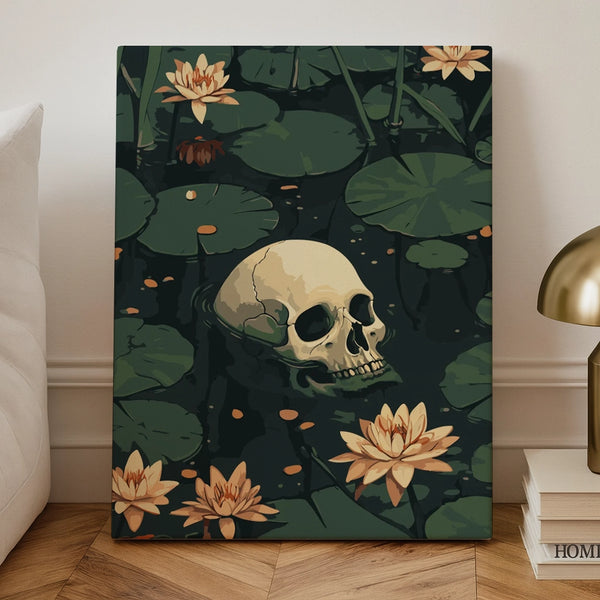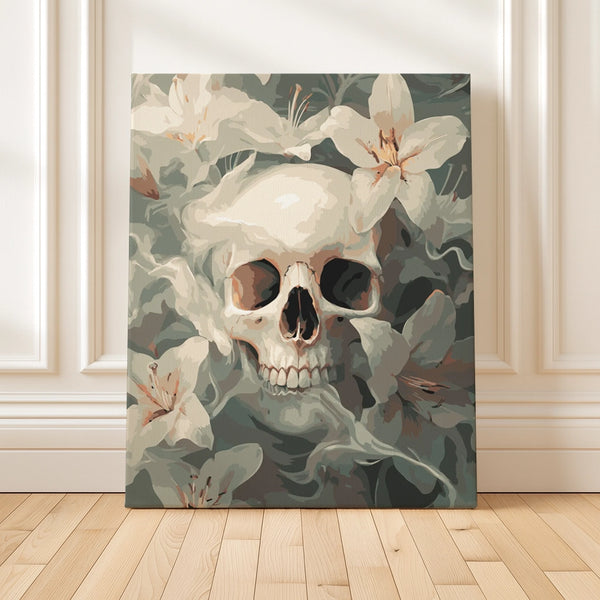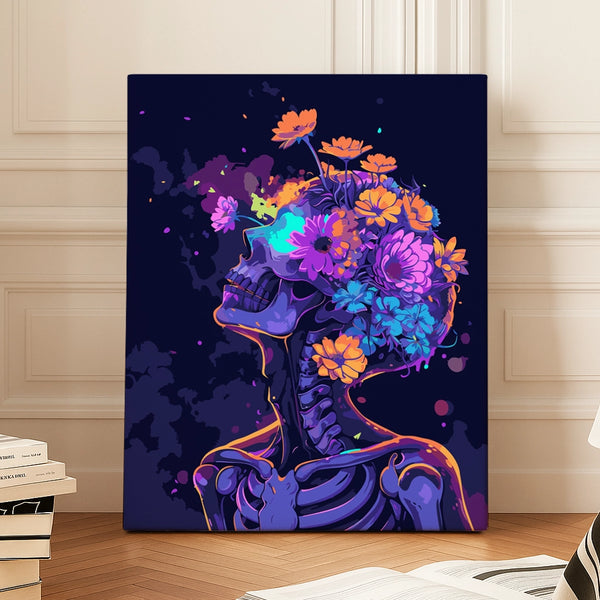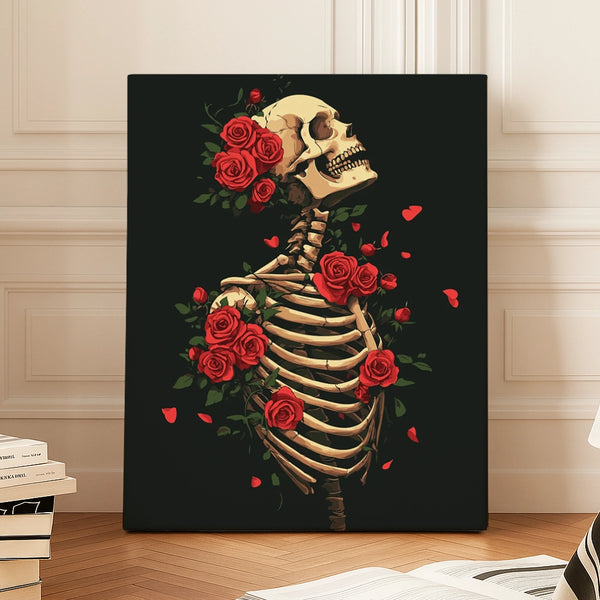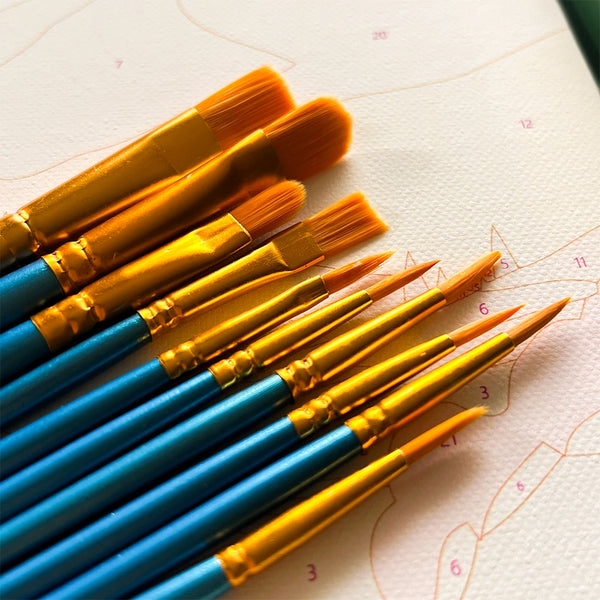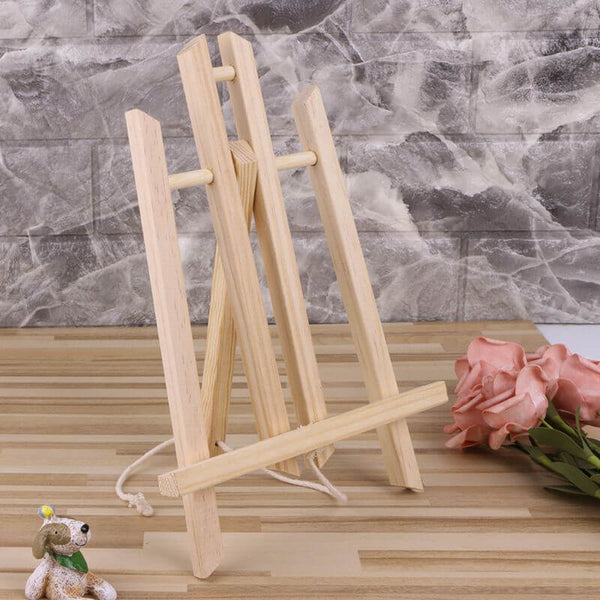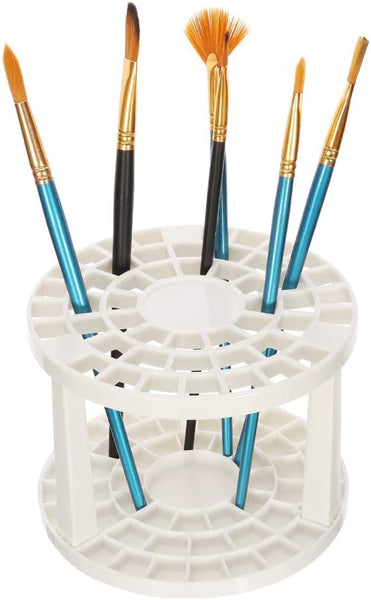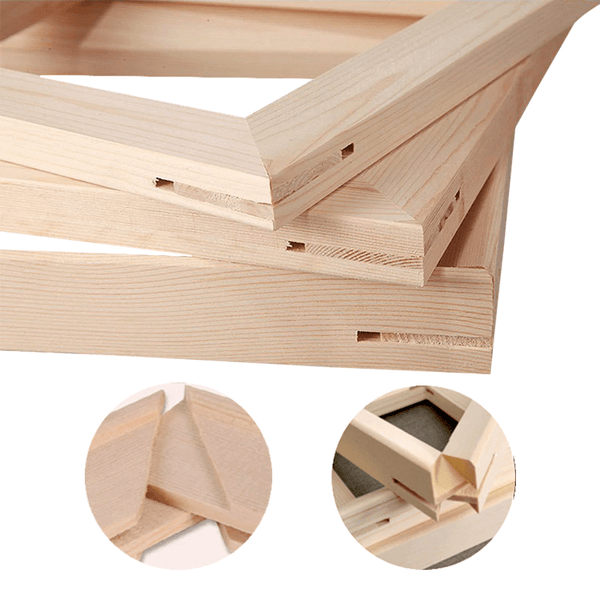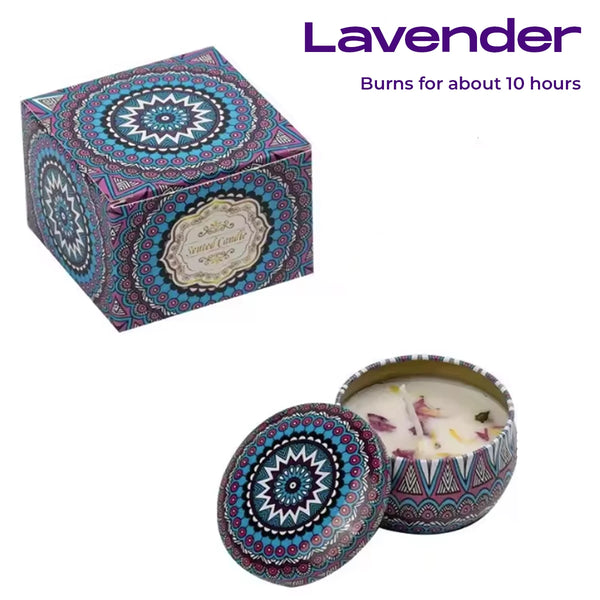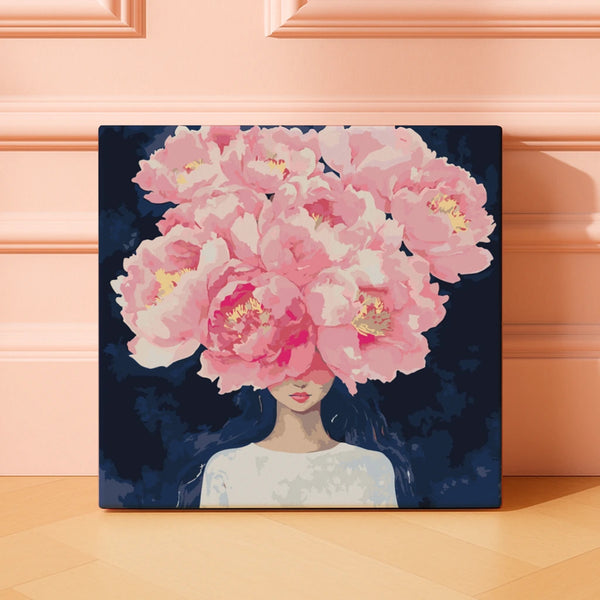We all know meditation is good for us. But if you’ve ever tried to sit in silence, focusing only on your breath, you might have noticed… it’s not always easy. Your mind wanders, your to-do list creeps in, and suddenly you’re thinking about dinner instead of inner peace.
For some people, traditional meditation just doesn’t click. But what if there was another way to reach that same calm, mindful state - without sitting cross-legged or keeping your eyes closed?
That’s where painting comes in. And no, you don’t have to be an artist.

A Moment of Calm in a Busy World
Picture this: you’re at your kitchen table, a warm cup of tea next to you. The day has been noisy - your phone buzzing, errands piling up, thoughts jumping around like popcorn in a pan.
But now, you open your paint-by-numbers kit. You dip your brush into a small pot of color and fill in the first shape. Then another. And another.
The outside world starts to fade. Your breathing slows. The only thing you’re thinking about is the next brushstroke. Without even trying, you’ve slipped into a meditative state.
The Science Behind Mindful Painting
Meditation works because it brings your focus into the present moment. You’re not replaying the past or worrying about the future - you’re here, now, aware of what you’re doing.
Painting works the same way. In fact, it’s a perfect example of active meditation - a form of mindfulness where movement and creativity replace stillness and silence.
As your brain focuses on the shapes, colors, and tiny details, your stress levels drop. Studies show that creative activities like painting can:
-
Lower cortisol (the stress hormone)
-
Slow heart rate and breathing
-
Reduce feelings of anxiety
-
Improve mood and self-esteem
It’s mindfulness… but make it artsy.

Flow State: The Sweet Spot for the Mind
Artists often talk about being “in the zone,” but psychologists call it flow state - when you’re so absorbed in what you’re doing that time seems to disappear.
Flow isn’t just pleasant - it’s actually good for your brain. It improves focus, boosts creativity, and leaves you with a sense of accomplishment.
The beauty of paint-by-numbers is that it’s almost designed to get you into flow. There’s no pressure to “come up with” ideas. You just follow the guide, relax, and let the process carry you away.
A Tradition Older Than You Think
While “painting as meditation” might sound like a new wellness trend, it’s been part of human culture for centuries.
-
Buddhist monks create intricate sand mandalas, pouring their attention into each grain of color.
-
Japanese artists practice Sumi-e ink painting, where each brushstroke is deliberate and mindful.
-
Indigenous communities around the world have used art-making as a way to connect to nature, spirit, and self.
Paint-by-numbers may be modern, but the principle is timeless: art is a pathway to presence.
The Emotional Benefits You’ll Notice
When painting becomes your meditation, you might experience:
-
Stress relief - The repetitive motion of brushstrokes is soothing, like a visual lullaby for the mind.
-
Mood elevation - Colors have a direct impact on emotions, with warm tones energizing and cool tones calming.
-
Mental clarity - The focus you develop while painting can spill over into other parts of life, helping you feel more centered.
-
A sense of achievement - Each completed section is a small win, building motivation and self-confidence.
And here’s the bonus: unlike traditional meditation, you end up with something tangible. A finished piece you can hang, gift, or simply admire as a reminder of your calm.

How to Turn Painting Into a Meditation Practice
You don’t need a special studio or expensive tools - just a little intention and a cozy spot.
1. Choose the right kit
Pick a paint-by-numbers design that excites you. If you love nature, try landscapes or floral scenes. If you prefer a modern touch, go for abstract shapes and bold colors. If you need help choosing, take our test that will help you.
2. Create a calming environment
Find a space with soft lighting and minimal distractions. Play gentle background music or nature sounds.
3. Set aside small, regular sessions
Instead of trying to finish a canvas in one sitting, paint for 15–30 minutes at a time. It’s the consistency that turns it into a meditative ritual. Click here to find out more why this is a great habit to do.
4. Use your senses
Light a candle, sip tea, or wear a cozy sweater while you paint. Engaging more senses helps anchor you in the present.
5. Let go of perfection
Meditative painting is about the process, not the result. If you color outside the lines, embrace it - it’s part of your unique flow.
Your Canvas, Your Calm
Meditation doesn’t always look like sitting still in a quiet room. Sometimes, it’s dipping a brush into paint, filling in a shape, and feeling the world slow down.
So the next time you’re craving stillness, pick up a brush instead of your phone. Let your thoughts quiet, your colors flow, and your canvas become your calm.
Ready to turn your creativity into your meditation? Explore Artspark’s paint-by-numbers kits today - and find your flow, one brushstroke at a time.


